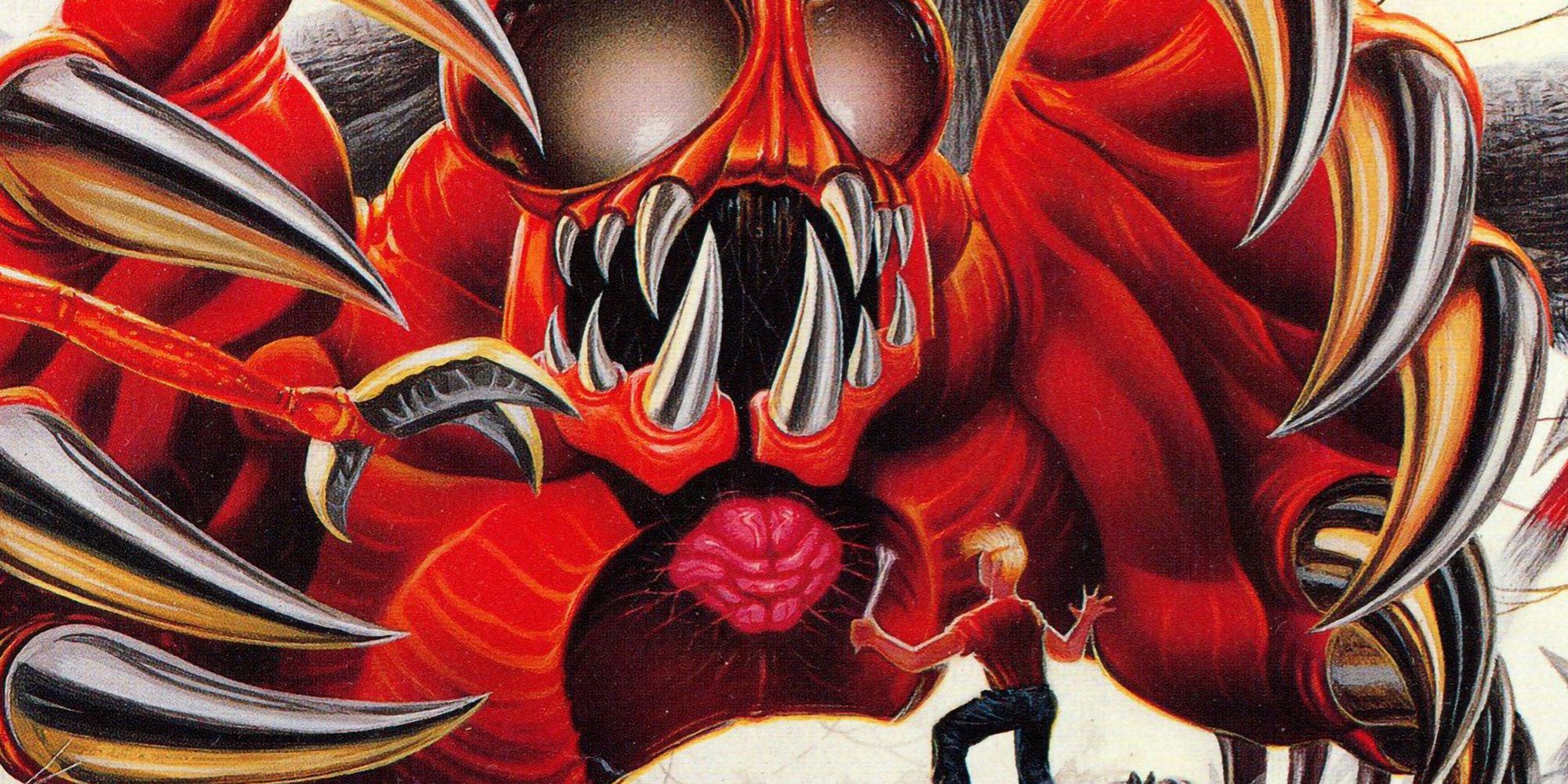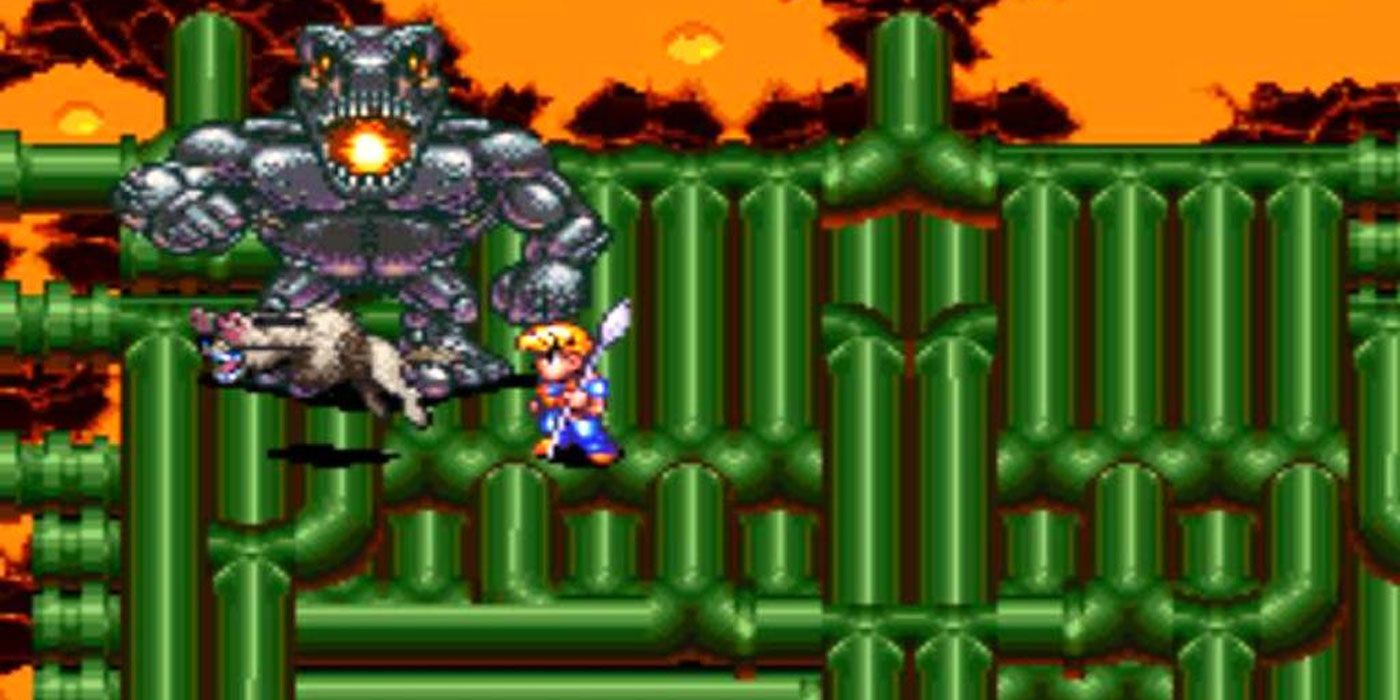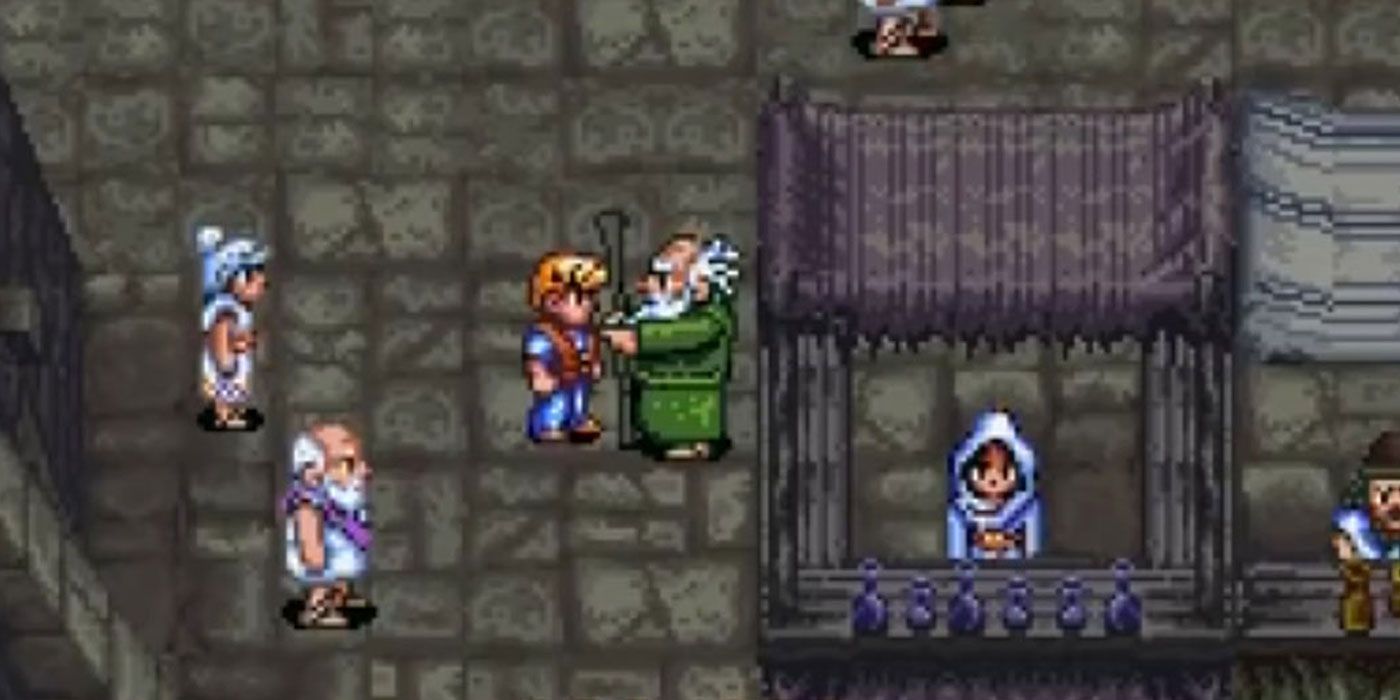Most Super Nintendo RPGs were made outside of the west, mainly in Japan, and many weren't considered all that popular stateside, resulting in a number of great titles receiving limited or no release stateside. However, one RPG was made by an American team with Nintendo's OK that actually turned out pretty great despite getting some flak at first: 1995's Secret of Evermore.
In Secret of Evermore you play as a teenage boy who enjoys B-movies and has a mischievous canine friend. One evening after leaving the theatre, the dog gets distracted by a cat and chases it down the street into an abandoned building. The player follows and soon finds a hidden laboratory where his dog chews some wires, triggering a machine that transports them to another world. There they end up finding the creators of this world, Evermore, and helping them find a way back home.
It has the quirkiness of Earthbound at times with commentary by the player character that compares the various situations to the plots from his favorite movies or mentions how enemies resemble cheesy B-movie monsters. It really comes across that he's a boy from the late '80s or early '90s who never quite fits into the various fantasy worlds but in a charming way. The dog also has his share of small adventures, like ruining a royal banquet or getting put into a circus sideshow.
At its heart, Evermore really is the story of a boy and his dog, a fairly western trope in its own right. This is an unusual theme to come from a company like SquareSoft, which is known for its high-fantasy games. However, it didn't come from their main headquarters in Japan but rather their US office that was located in Washington. Typically, the teams from the US office were there to handle localization and bug fixes for western releases of Japanese titles, so it was a big deal when they got a green light to put a team together for a project of their own. The team was made of American talent and instructed to give the game a decidedly American feel, only being overseen by the Japanese developers for quality.
The US developers got to work with Square's specialized tools like Square's Amazing Graphical Editor (S.A.G.E), creating beautiful sprites and maps, but the programming caused a bit of trouble. Initially, the team had wanted to use code from Secret of Mana since that's the style of gameplay they wanted to incorporate, but it wasn't built for certain mechanics like Alchemy. Instead, the team built the game from the ground up, recreating the ring menus and combat style while also incorporating new features like the Alchemy system. This wasn't the only link the game had to Secret of Mana though.
For a long time, many believed the development and release of Secret of Evermore was done instead of a localized version of Seiken Densetsu 3, or Trials of Mana. The timing of Secret of Evermore's development, as well as a few other localization projects, led many to assume that SquareSoft's American headquarters were given the option to create a game of their own or localize Seiken Densetsu 3 and chose the first option. This wasn't the cause though. After some issues with NES games, Nintendo became very strict about quality control on the SNES; Seiken Densetsu 3 released in Japan with several bugs which didn't pass Nintendo's standards for localization in America, and Nintendo opted not to release the title stateside, completely unrelated to Secret of Evermore.
Still, Secret of Mana was more popular and came out first, leading many to have more ties to it and creating resentment for Secret of Evermore. On top of this, few had heard of the game, to begin with, and when brought up, many in gaming communities would shoot it down because of this myth. Thankfully, now that this is clearing up more, people are coming around to seeing that this is an all-American RPG classic.



